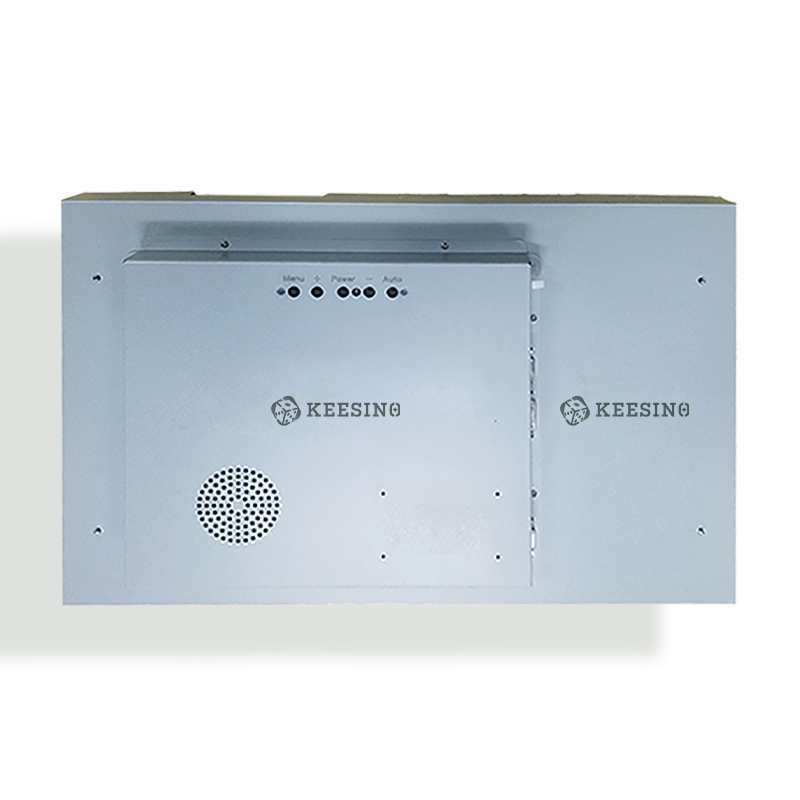In recent years, touchscreen technology has become an integral part of our daily lives. From our smartphones to our tablets, and even our kitchen appliances, touchscreens are everywhere. One aspect that has received increasing attention as technology continues to advance is the adaptation of touchscreens to their environment. The touchscreen is designed for ease of use and provides a seamless interaction between humans and technology. However, traditional touch screens often lack the ability to adapt to different environmental conditions, such as extreme temperatures, wet surfaces, or even gloved hands. This limitation has created a need for touch screens that can withstand and maintain optimal performance in any environment. To address this challenge, many companies and researchers have been working on developing touchscreens that adapt to the environment. These touchscreens are equipped with advanced features and technologies that allow them to operate effectively in various conditions.  One of the key advances in the adaptation of touch screens to the environment is the development of ruggedized touch screens. These touchscreens are able to withstand harsh conditions such as extreme temperature, humidity, dust and vibration. They are commonly used in industries such as manufacturing, healthcare and automotive where equipment needs to operate reliably in challenging environments. For example, in the healthcare industry, touchscreens need to be able to withstand constant cleaning with disinfectants and still maintain their functionality. By employing special coatings and materials, such as antimicrobial films and water-repellent coatings, touchscreens can effectively meet these requirements without compromising performance.
One of the key advances in the adaptation of touch screens to the environment is the development of ruggedized touch screens. These touchscreens are able to withstand harsh conditions such as extreme temperature, humidity, dust and vibration. They are commonly used in industries such as manufacturing, healthcare and automotive where equipment needs to operate reliably in challenging environments. For example, in the healthcare industry, touchscreens need to be able to withstand constant cleaning with disinfectants and still maintain their functionality. By employing special coatings and materials, such as antimicrobial films and water-repellent coatings, touchscreens can effectively meet these requirements without compromising performance.  Another area where the adaptability of touch screens to the environment has attracted widespread attention is outdoor applications. Traditional touchscreens often struggle to provide accurate and responsive touch input when used outdoors due to factors such as direct sunlight, water droplets, or dirt on the screen. To overcome these challenges, outdoor touchscreens feature anti-glare coatings, waterproof layers and improved touch sensitivity to ensure optimal performance even in bright sunlight or rain. In addition, touch screens that can adapt to gloved hands have also become a key requirement in certain industries. In environments where workers are required to wear protective gloves, such as manufacturing, construction or healthcare, a touchscreen that can accurately detect glove touches is critical. Using specialized touch sensor technology, these touchscreens can recognize and respond to touch while wearing gloves, enabling seamless interaction and increased productivity. In short, the adaptation of the touch screen to the environment is an important aspect of modern technology. By developing touchscreens that can withstand extreme temperatures, humidity, and other environmental factors, manufacturers and researchers are improving the usability and reliability of touchscreens across industries. Whether it’s ruggedized touchscreens for industrial applications, outdoor touchscreens for public displays, or touchscreens that can detect touch while wearing gloves, advances in touchscreen adaptability continue to revolutionize how we interact with technology.
Another area where the adaptability of touch screens to the environment has attracted widespread attention is outdoor applications. Traditional touchscreens often struggle to provide accurate and responsive touch input when used outdoors due to factors such as direct sunlight, water droplets, or dirt on the screen. To overcome these challenges, outdoor touchscreens feature anti-glare coatings, waterproof layers and improved touch sensitivity to ensure optimal performance even in bright sunlight or rain. In addition, touch screens that can adapt to gloved hands have also become a key requirement in certain industries. In environments where workers are required to wear protective gloves, such as manufacturing, construction or healthcare, a touchscreen that can accurately detect glove touches is critical. Using specialized touch sensor technology, these touchscreens can recognize and respond to touch while wearing gloves, enabling seamless interaction and increased productivity. In short, the adaptation of the touch screen to the environment is an important aspect of modern technology. By developing touchscreens that can withstand extreme temperatures, humidity, and other environmental factors, manufacturers and researchers are improving the usability and reliability of touchscreens across industries. Whether it’s ruggedized touchscreens for industrial applications, outdoor touchscreens for public displays, or touchscreens that can detect touch while wearing gloves, advances in touchscreen adaptability continue to revolutionize how we interact with technology.
Post time: Aug-07-2023




